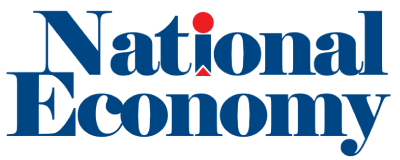A civil society organisation (CSO) has accused Governor Dauda Lawal Dare of failing the people of Zamfara following his recent remarks on banditry in the state.
The group expressed alarm after the governor reportedly swore by Allah that he knows the whereabouts of every bandit leader in Zamfara and is aware of their movements.
In a statement signed by its Director of Communication, Aliyu Muhammadu, the CSO said the governor’s comments amounted to an admission of complicity and a gross failure to protect citizens.
“By his own words, Governor Dauda Lawal Dare has indicted himself,” the statement read. “He has proven that his administration is not committed to ending the security nightmare in Zamfara.”
Zamfara has faced years of deadly attacks by armed groups. Villages have been raided, families torn apart, and thousands displaced from their homes.
Despite the scale of the crisis, the CSO said the governor has done little to bring perpetrators to justice. Instead, it accused him of making reckless statements while communities continue to suffer.
The organisation described the governor’s remarks as a “betrayal of trust” and an “insult” to victims of banditry.
“If he truly knows the whereabouts of bandit leaders, then he must act immediately to ensure their arrest and prosecution,” the group demanded.
The CSO urged security agencies and federal authorities to hold the governor accountable, warning that Zamfara cannot afford more years of what it called “reckless leadership.”
“The people of Zamfara deserve peace and a government that values their lives, not one that toys with their pain,” the statement concluded.





